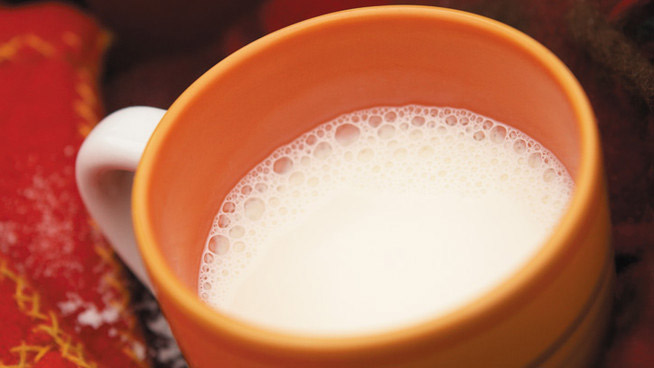Your question intrigued us. We bought some regular 2% m.f. milk, and organic 2% m.f. milk by Liberté and President’s Choice. We made milk foam with an electric frother (battery-operated Trudeau model), using cold milk (some people froth cold milk and then warm it up in the microwave), and using milk that had been heated to around 60°C. Result: cold, the two organic milks created foam that completely disappeared after about 30 seconds. Warm, the President’s Choice organic milk produced acceptable foam, though with less volume than regular milk. The Liberté Organic milk did not froth at all. Why? Protein in milk is essential to foam formation. Yet the three types of milk we used had an identical amount of protein (9 g per 250 ml). However, the presence of “free fatty acids” can affect the stability of foam. This is a type of fat produced by the degradation of milk fat by enzymes. A cow’s level of nutrition, its lactation cycle, as well as certain processing conditions can cause the formation of free fatty acids. Why is some organic milk more susceptible to this phenomenon? For now, this remains a mystery!

Why does Québon 2% milk froth easier than Liberté Organic 2% milk? Organic milk does not really froth well when making a cappuccino...